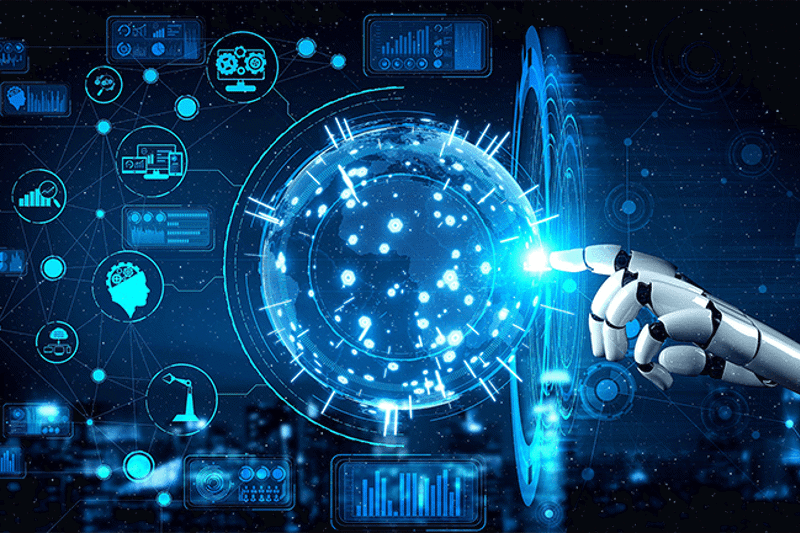Entering 2023, supply chain players are finding themselves in unique situations. After the events of the last 12 months, larger retailers have too much inventory while smaller retailers are still struggling to catch up. Another example is the overall fall in demand, but not at the rate anticipated by experts, as well as the energy costs that are still wreaking havoc globally and altering the market as we know it. Recognizing these issues gives us an opportunity to act, and in turn, grow from creating a more resilient supply chain.
To achieve an agile and resilient supply chain, companies have been leveraging solutions, such as control towers, to get visibility into their supply chain issues. However, the challenges of collecting and cleaning data and the highly involved manual processes remain pain points for many and have, in turn, exposed the pitfalls in the control tower as we know it. Machine learning, though, plays an integral role in the evolution of the control tower when enabled.
What is driving the evolution of control towers?
There is a growing trend of companies looking to the available digital solutions on the market to improve infrastructure and reduce vulnerabilities. The more advanced supply chain control towers offer end-to-end digital visibility of a supply chain and access to real-time data from any location 24/7.
That isn’t to say that they are without any flaws. Control towers offer a limited form of visibility and gather information by the time and resource-intensive process of stitching together multiple fragmented applications together. Control towers also require a lot of manual processes and large teams of people to operate. To effectively resolve most issues requires knowledgeable people across multiple companies to collaborate, taking a lot of time between detecting a discrepancy and taking corrective action.
How is machine learning evolving next generation control towers?
Machine learning is a type of artificial intelligence that allows an algorithm, system, or piece of software to learn and adjust without being explicitly programmed to do so. This allows technology to teach itself over time, so that it can improve operations. Machine learning typically uses observations or data to train a computer model. Patterns in the data, combined with predicted and actual outcomes are analyzed through machine learning and used to improve how the technology functions. This cycle repeats, further refining the technology as it’s exposed to more information.
When a control tower is enabled with machine learning, it supercharges traditional supply chain management strategies, creating a system with the real-time responsiveness, resilience and agility supply chain leaders need. It supports control tower autonomy, significantly reducing the need for human intervention. The next generation control tower will:
- Identify and help manage through disruptions in the supply chain
- Leverage a richer set of data including air, ocean and rail schedules, multi-leg/multi-mode routes, real-time locations, terminal health enabling predictive analytics and artificial intelligence to proactively predict situations including opportunities and exceptions
- Use machine learning to leverage the skills and expertise of participants solving similar situations in the past to recommend and automate actions to take advantage of opportunities and proactively address issues
The next generation control tower will proactively affect change in the supply chain leading to significantly better outcome.
How is Blume Global helping its customers?
Currently, the availability of data is the best it has ever been, and the evolution of the control tower brought a solution that is highly technology driven with readily available data—Blume Supply Chain Orchestration. The advancements of machine learning on our platform enable shippers to reduce internal admin of managing exceptions, lower costs and improve the efficiency of their supply chains—all through utilizing a single cloud-native platform that predicts and mitigates exceptions before they even occur. Blume Supply Chain Orchestration has allowed shippers to improve customer service and OTIF while lowering both administrative and operating expenses.
From third-party visibility providers moving to the power of a single cloud-based platform, supply chain orchestration is undeniably the value-leading, next generation control tower.
Technology is the focus of 2023 and is proving to be the driver of new and amazing possibilities to evolve business capabilities and positively impact society.
contact us
Contact Us

